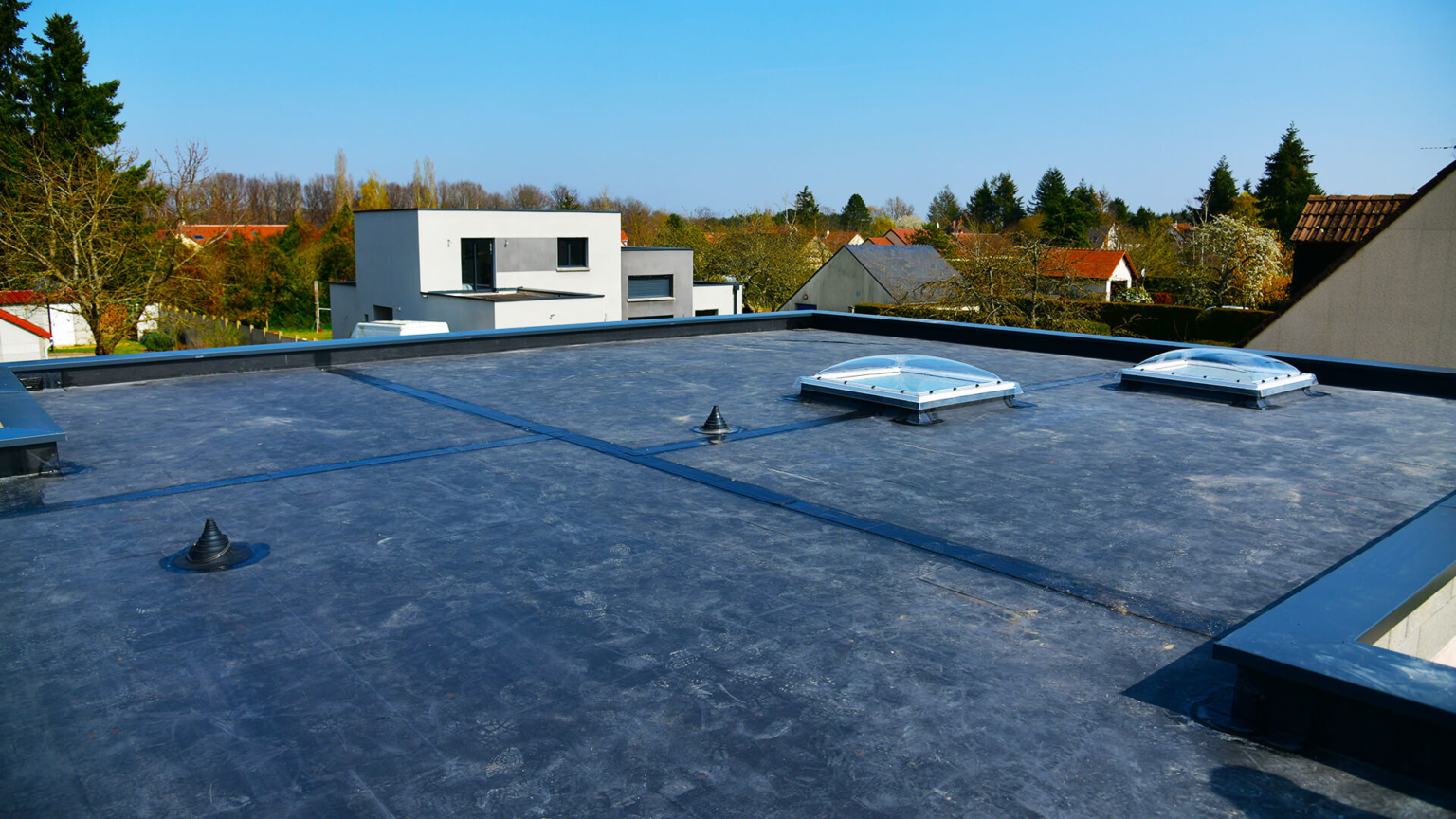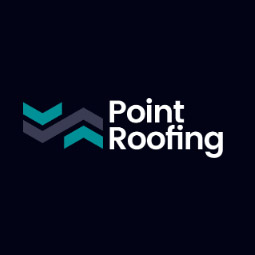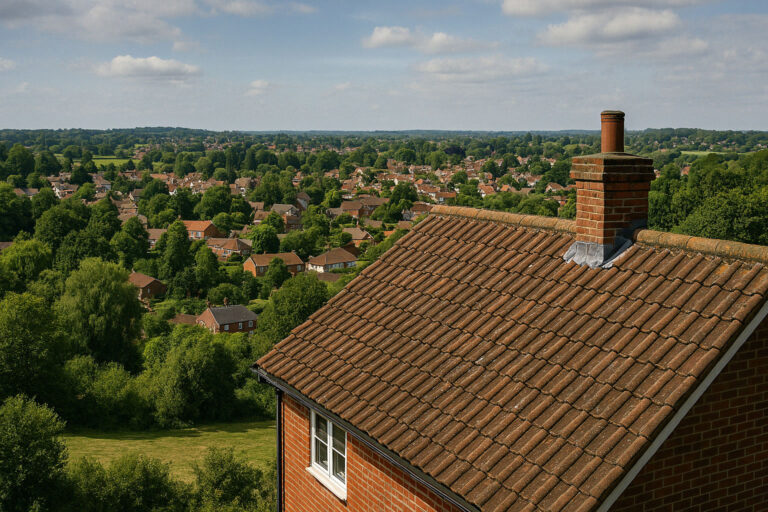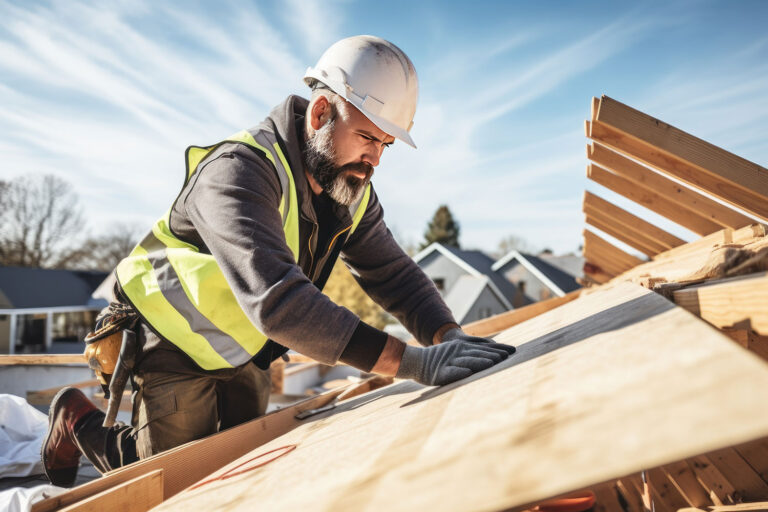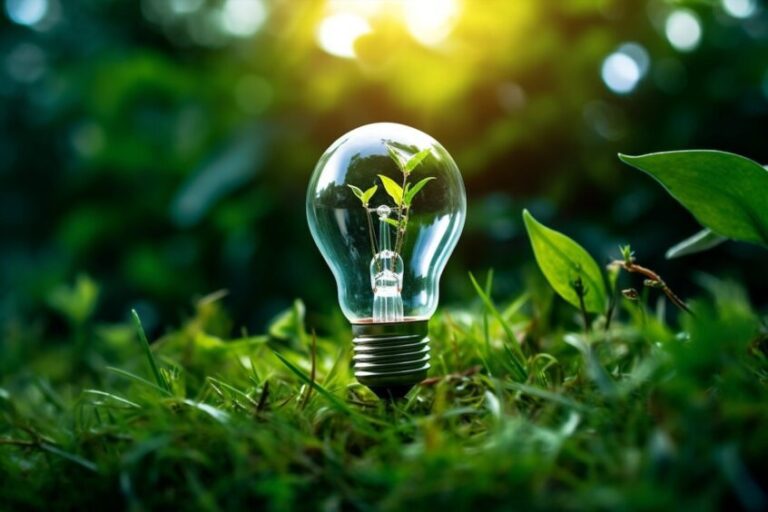Commercial roofing is a critical investment. Business owners need a solution that’s reliable, cost-effective, and durable. One material consistently stands out in the UK: EPDM (Ethylene Propylene Diene Monomer). Here’s why EPDM is the optimal choice for commercial roofs.
Unmatched Durability
- Proven Longevity: EPDM membranes can last up to 50 years with proper maintenance. This far outperforms many other roofing materials.
- Resistant to Weather: In the UK, weather conditions can be unpredictable. From heavy rain to harsh UV exposure, EPDM handles it all without degrading.
- Elastic Properties: EPDM can stretch up to 300% of its original size without cracking. This flexibility allows it to adapt to building movements and temperature fluctuations.
Example: A commercial building in Manchester installed an EPDM roof in 1990. After 30 years, the roof remains intact with only minor maintenance—a testament to its durability.
Cost-Effectiveness
- Low Initial Cost: Compared to materials like TPO or PVC, EPDM is budget-friendly. Installation is straightforward, further reducing labour costs.
- Minimal Maintenance: Once installed, EPDM requires very little upkeep. This lowers long-term expenses.
- Energy Savings: EPDM’s dark surface absorbs heat, reducing heating costs in colder climates like the UK.
Thought-provoking Question: Could choosing a cheaper but less durable roofing material end up costing more in the long run?
Environmental Benefits
- Fully Recyclable: EPDM is one of the most environmentally friendly roofing options. At the end of its lifespan, it can be recycled instead of ending up in a landfill.
- Energy Efficiency: Newer versions of EPDM include reflective coatings. These can reduce cooling costs in the summer, making the building more energy-efficient.
- Sustainability: Many EPDM manufacturers have adopted sustainable production practices, further reducing the material’s environmental impact.
Example: A warehouse in Birmingham switched to EPDM and reported a 20% reduction in annual energy consumption.
Ease of Installation
- Lightweight: EPDM sheets are lightweight, reducing the strain on a building’s structure.
- Versatile Application: EPDM can be adhered, mechanically fastened, or ballasted. This flexibility suits different roof designs, including flat and low-slope roofs.
- Large Sheet Sizes: EPDM is available in large sheets, which minimizes seams and reduces the risk of leaks.
Thought-provoking Question: How much time and money could you save by choosing a material that simplifies the installation process?
Resistance to Common Roofing Issues
- Waterproofing: EPDM provides exceptional waterproofing, crucial in the UK’s rainy climate.
- Puncture Resistance: Its durable surface resists damage from foot traffic, fallen debris, and even hail.
- Fire Resistance: EPDM meets fire-retardant standards, offering additional safety for commercial properties.
- UV Resistance: Unlike other materials that degrade under UV exposure, EPDM maintains its integrity, even after decades of sunlight.
Example: A retail building in London experienced no leaks or damage despite severe storms, thanks to its EPDM roof.
Customization Options
- Thickness Variations: EPDM is available in multiple thicknesses, allowing businesses to choose the right level of protection for their needs.
- Color Options: While black EPDM is the most common, white EPDM is also available for better heat reflectivity in warmer regions.
- Compatible Add-Ons: Skylights, solar panels, and HVAC systems can easily be incorporated without compromising the roof’s performance.
Compliance with UK Standards
- Meets Building Regulations: EPDM complies with UK roofing standards, ensuring peace of mind for building owners.
- BREEAM Certification: Many EPDM products contribute to BREEAM (Building Research Establishment Environmental Assessment Method) ratings, which are highly valued in the UK.
Thought-provoking Question: Does your current roofing material align with modern building codes and sustainability goals?
Real-World Data and Studies
- A 2019 study by the British Roofing Association found that EPDM had the lowest life-cycle cost compared to other materials. This included installation, maintenance, and replacement.
- EPDM roofs have been widely adopted in Europe, with over one billion square meters installed worldwide. The UK’s climate makes it particularly suitable.
Addressing Common Concerns
- Appearance: Some argue that EPDM lacks aesthetic appeal. However, for most commercial buildings, functionality outweighs appearance.
- Perceived Initial Cost: While cheaper materials exist, their shorter lifespan often makes them more expensive in the long term.
- Installation Quality: Proper installation is key. Always choose certified installers to ensure maximum performance.
Example: A distribution centre in Leeds initially hesitated due to cost but ultimately saved thousands by avoiding frequent repairs associated with cheaper materials.
Final Thoughts
EPDM is more than just a roofing material; it’s a long-term investment. It offers durability, cost savings, environmental benefits, and ease of installation. In the challenging UK climate, these qualities make EPDM the superior choice for commercial roofs.
Isn’t it time to prioritize longevity, efficiency, and sustainability for your building? EPDM delivers all three and more.


